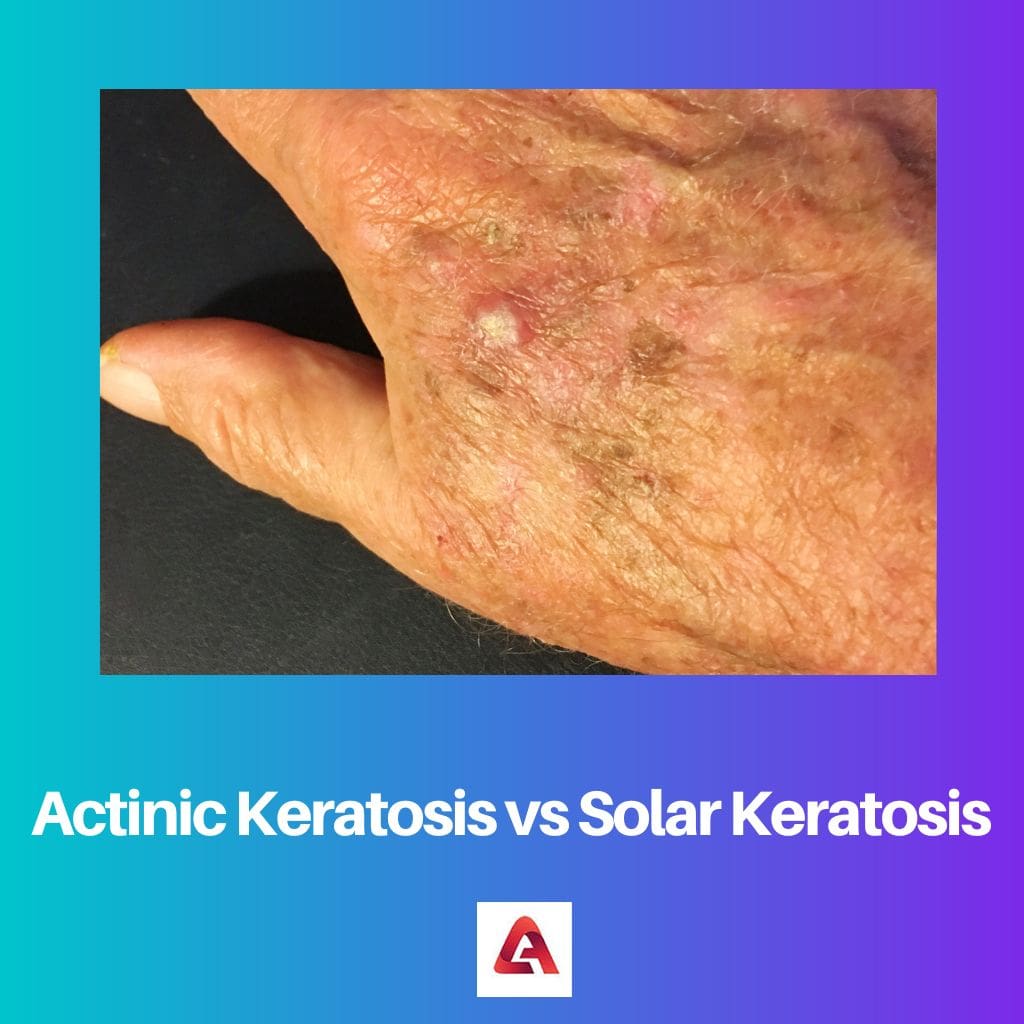EDS and Marfan syndrome are both multi-systemic disorders, which are disorders related to the connective tissues of our human body. Connective tissues are the tissues that protect, support and structure the other tissues and organs in our body. Since both disorders are related to the connective tissues, there are some similarities. However, there are many key differences which you can read below.
Key Takeaways
- Eds results from a genetic defect in collagen production, whereas Marfan Syndrome stems from a mutation in the fibrillin-1 gene.
- Eds leads to joint hypermobility and skin fragility, while Marfan Syndrome primarily affects the cardiovascular, skeletal, and ocular systems.
- Diagnostic criteria for Eds include the Beighton score and genetic testing; for Marfan Syndrome, the Ghent criteria and genetic testing are used.
EDS vs Marfan Syndrome
EDS is a group of inherited disorders that affect collagen, a protein that provides strength and elasticity to the skin, joints, and other connective tissues. Marfan syndrome is a genetic disorder that affects the body’s connective tissue, resulting in tall and thin people with long limbs, fingers, and toes.

EDS stands for Ehlers-Danlos syndrome. This syndrome is a heterogeneous group of connective tissue disorders which affects the patient’s skin, joints, and blood vessels. It involves a genetic defect in the connective tissue structure and synthesis. This syndrome is heterogeneous and so is divided into fourteen types.
Marfan syndrome is a disorder related to the connective tissues of the body. It affects the eyes, heart, and blood vessels. As a result of this syndrome, the patient diagnosed with it are tall and thin. This syndrome can be mild or severe, if it is severe, it can become life-threatening as well.
Comparison Table
| Parameters of Comparison | EDS | Marfan Syndrome |
|---|---|---|
| Definition | EDS is a multi-systemic disorder, a heterogeneous group of connective tissue disorders. | Marfan syndrome is an autosomal dominant disorder that affects the connective tissues in the body. |
| Types | There are 14 types of EDS syndrome. | There is no type. |
| Symptoms | Loose joints Stretchy or elastic skin. Fragile skin (bruises easily) Muscle pain | Disproportionately long arms, legs, fingers, and toes. An abnormally curved spine. Crowded teeth. Tall and thin body |
| Diagnosis | Genetic testing and skin biopsy are used. | Ghent criteria are used. |
| Treatment | Drugs, Physiotherapy, and sometimes surgery. | Physical exercises, medication, and sometimes surgery. |
What is EDS?
EDS stand for Ehlers-Danlos syndrome. It is a disorder of a group of heterogeneous connective tissue disorders which affects the blood vessels, skin, and joints. It is a genetic disorder that can be noticed at birth or in childhood.
EDS occurs due to the genes which are present at birth, specifically cause of variations of different genes. The specific gene determines the specific type of EDS. The symptoms of the disorder include joint pain, loose joints, stretchy skin, abnormal scar formation, etc.
According to recent studies, it is a group of 14 connective tissue disorders. They are Classical EDS, Hypermobile EDS, EDS type charts Vascular variant of Ehlers–Danlos syndrome, Kyphoscoliosis EDS, Arthrochalasia EDS, Dermatosparaxis EDS, Brittle-cornea syndrome, Classical-like EDS, Spondylodysplastic EDS, Musculocontractural EDS, Myopathic EDS, Periodontal EDS, Cardiac-valvular EDS. Also, there is another classification that is based on the symptoms that are determined by specific gene mutations. These are Group A, B, C, D, E, F, and G. Indeed, and there are many unidentified variants and symptoms as well.
Some tests, like a genetic test, skin biopsy, etc., can diagnose the disorder. The disorder can be mild or severe. The severe disorder can lead to complications related to chronic pain, joint dislocations, aortic dissection, scoliosis, or early osteoarthritis. Though there is no cure for the disorder, some proper medication, physical therapy, and bracing can help, and the patient can lead a normal life.
What is Marfan Syndrome?
Marfan syndrome is a genetic disorder, an autosomal dominant disorder. It affects the connective tissues in the body. This syndrome is mostly genetic, 75% of the time, the patient has inherited the syndrome. Though 25% of the time it can be a new mutation as well.
This syndrome occurs due to a mutation in FBN1, a gene that makes fibrillin. Fibrillin is a glycoprotein. This syndrome can be mild or severe, if it is severe, it can become life-threatening. The disorder affects the blood vessel walls, skin, eyes, bones, lungs, heart, skeleton, etc. It affects the cardiovascular system, the ocular and the skeletal system as well. The severeness can cause complications to the heart and aorta.
One out of 1000 people is affected by this syndrome globally. People affected with this syndrome are thin and tall and have over-flexible joints. Also, they have long arms, legs, fingers, and toes.
The disorder can be diagnosed via genetic testing and physical examination. Ghent criteria are used for the diagnosis of Marfan syndrome. There is no cure for this syndrome. Proper medication and care can help the patient to have a normal life expectancy. Some of the medications used are calcium channel blockers, ACE inhibitors, and beta-blockers like propranolol, etc.

Main Differences Between EDS And Marfan Syndrome
- EDS is a heterogeneous connective tissue disorder, while Marfan syndrome is an autosomal dominant and genetically passed-on connective tissue disorder.
- EDS is divided into 14 types. There are no types of Marfan syndrome.
- EDS occurs because of a gene passed down through birth. The specific gene which causes the disorder decides the type of EDS. Marfan syndrome occurs because of a gene that makes fibrillin.
- The diagnosis of EDS syndrome is made by genetic testing and skin biopsy. The diagnosis of Marfan syndrome is made by physical examination and genetic testing, though it is based on the Ghent Criteria.
- One out of 5000 people have EDS. 1 out of 1000 people have Marfan Syndrome.




